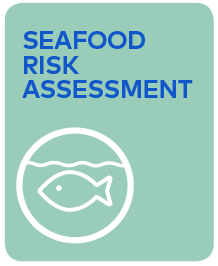Smooth Oreo, Smooth Dory, Smooth Oreo Day, Black oreo, Black Dory, Deeps Dory, Black Oreo Dory
Commercial fisheries occur for both black oreo (BOE) and smooth oreo (SSO). Oreos are managed as a species group (OEO), which also includes spiky oreo (SOR).
The main fishing area for oreo is on the Chatham Rise (OEO 3A and OEO 4), but other fisheries occur off Southland on the east coast of the South Island (OEO 1 and OEO 3A), and on the Pukaki Rise, Macquarie Ridge, and Bounty Plateau (OEO 6). In the past oreo catch has been taken as a bycatch of the more valuable orange roughy fisheries but target fisheries are now much more common in most areas for smooth or black oreo.
Black and smooth oreo have been found within a 600 m to 1,500 m depth range. Unvalidated age estimates indicate that black oreo is slow-growing and the longest-lived with a maximum estimated age of 153 years.
Oreo is managed by Fisheries New Zealand (FNZ) using the Quota Management System (QMS). FNZ works in partnership with Seafood New Zealand’s Deepwater Council (a not-for-profit organisation that works on behalf of fisheries quota owners).
The fisheries are currently under reassessment.
The risk assessment framework is used to assess the relative environmental risks of Australian and New Zealand wild-caught fisheries on fish stocks and the aquatic environment.
Assessments are undertaken for each species according to multiple ‘units of assessment’ (UoAs). The UoA is a combination of target species/stock and the gear type used by the fishery. Each UoA is assessed against three components for target species, bycatch and ecosystems, and management systems. Each component has a number of performance indicators, which have associated criteria, scoring issues, and scoring guideposts. For each UoA, each performance indicator is assigned a risk score according to how well the fishery performs against the scoring guideposts.
The risk assessment framework is currently under review and new risk assessments will be available soon.



